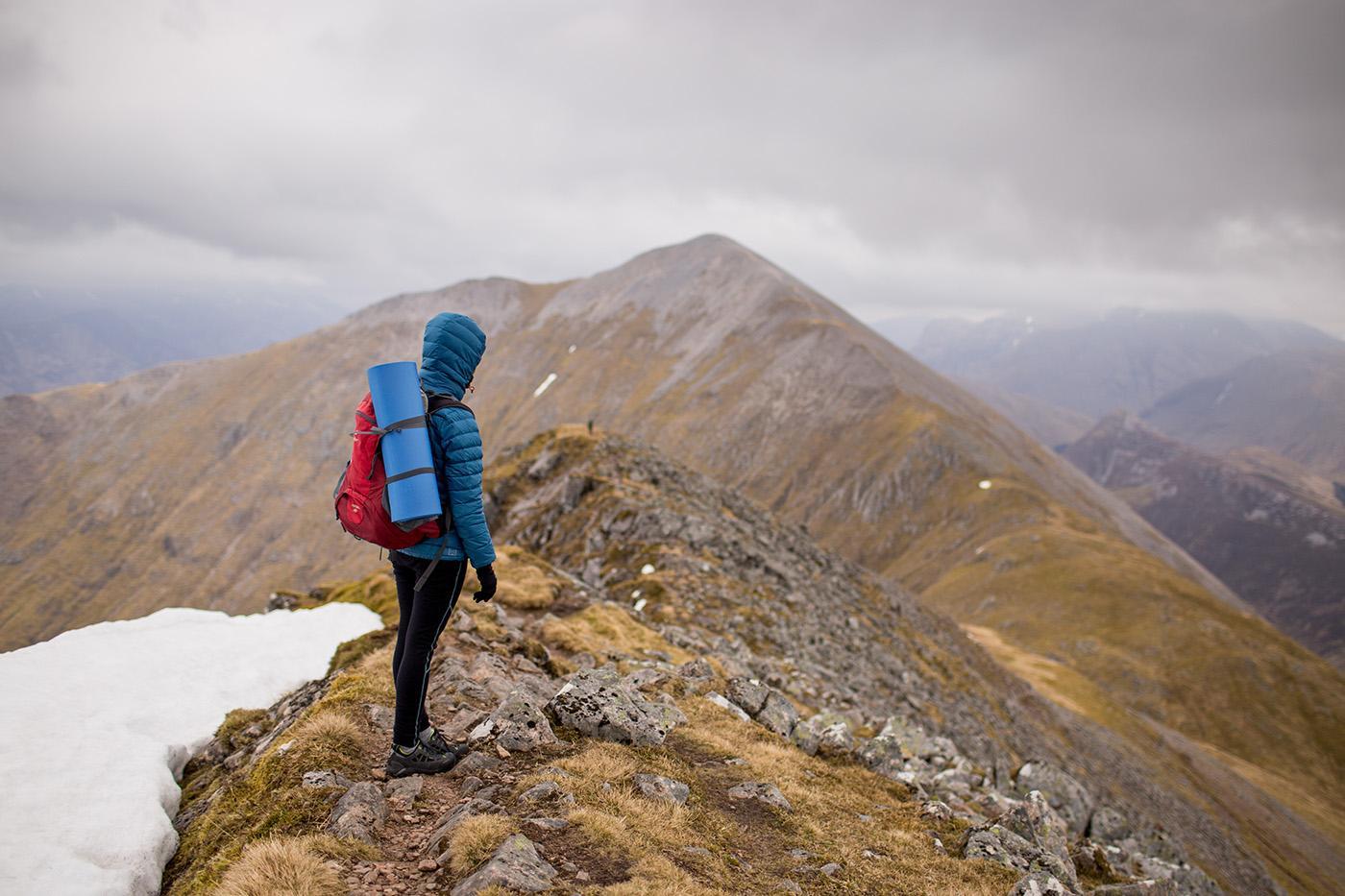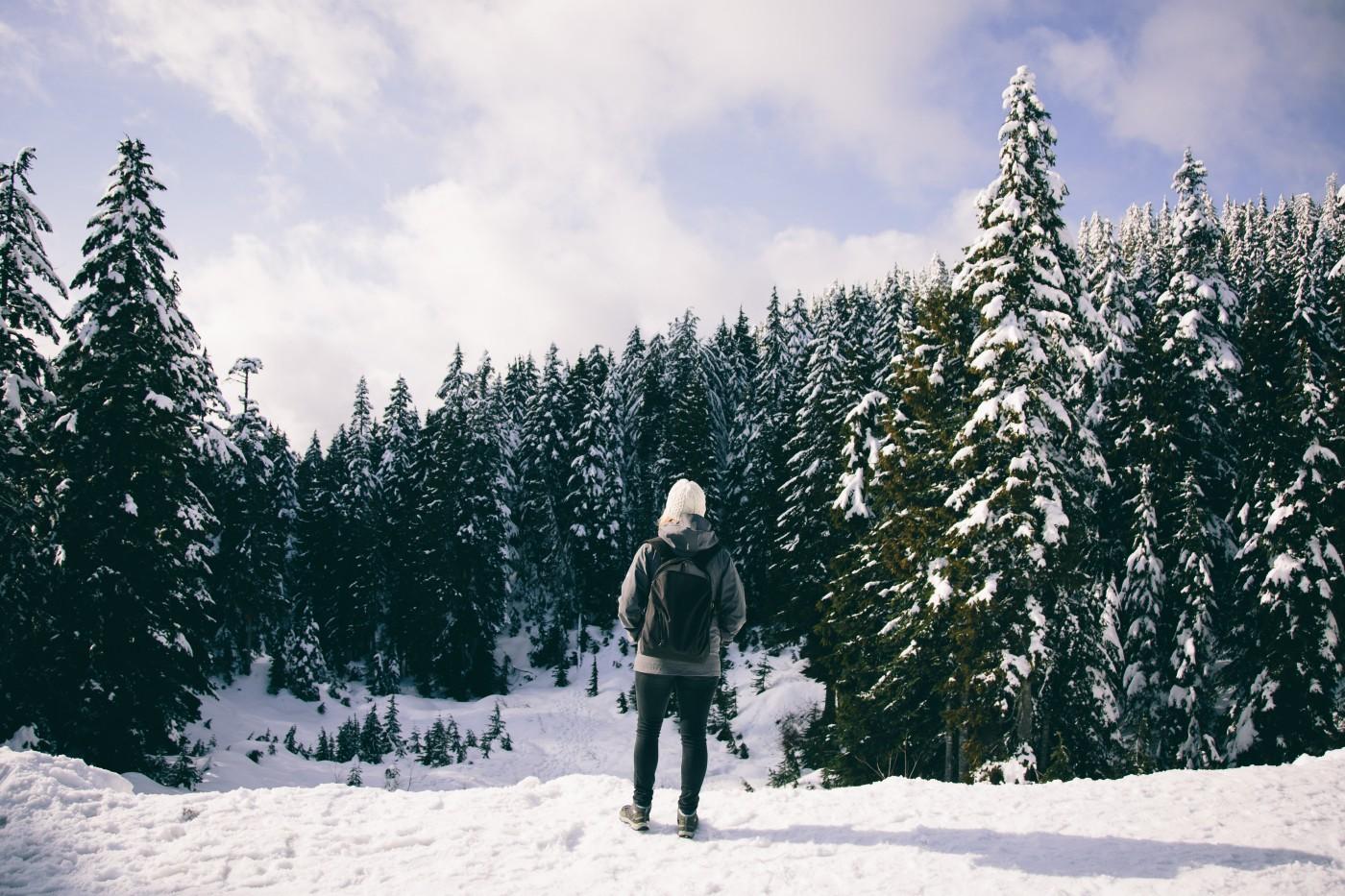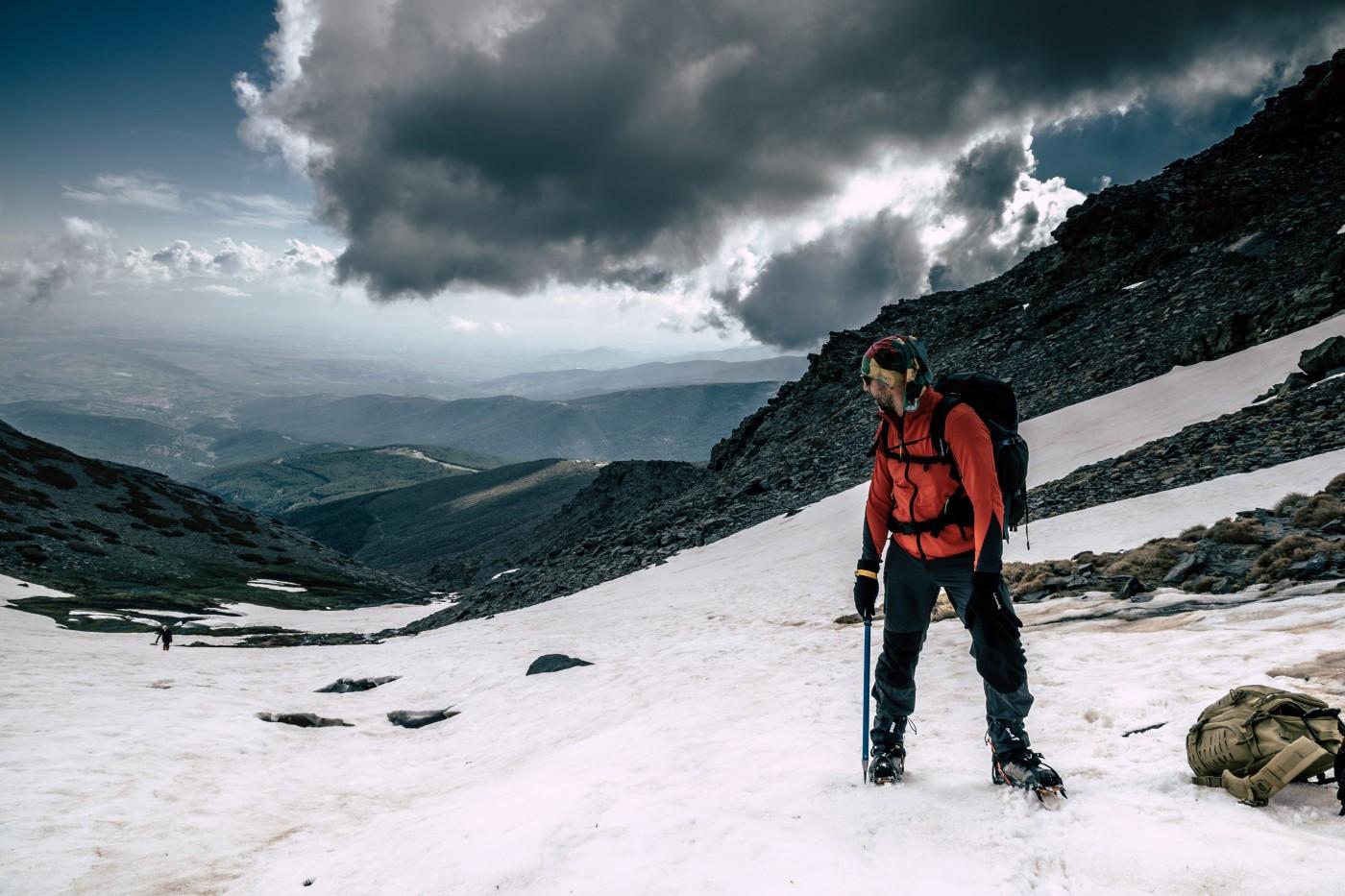
How to avoid a snowfall when winter hiking the mountains
Hiking in the mountains in winter is seen by many fitness and nutrition experts as the perfect way to burn extra calories. It helps to boost the immune system and keeps you mentally and physically in great shape. No other sport comes close to the gains of winter hiking: it boost your mood and energy levels to the max.
No matter how worthwhile the exercise in the nature is, one should always keep an eye on changing weather conditions, which may lead to snowfalls. Remember: heavy snowfall followed by slow warming and rain can lead to the creation of dangerous avalanche conditions.
Mountain hikers, therefore, should study and forecast the weather before and during their trips to avoid unpleasant weather conditions. There are at least three major ways of doing it:
Way 1. Closely observe clouds and nature

Danka Peter / Unsplash
Gathered clouds and other similar phenomena in the mountains don't always mean heavy rain or snowfall. The biggest signs of an upcoming storm are the following:
- Cloud formation. Often the size and shape of a cloud can give enough information about forecast weather. The thicker the cloud is the more likely it's going to rain.
- Wind. Wind accompanied by darkened cloud ultimately spells a storm so it isn't advisable for a hiker to venture further. The wind which is the meeting of air masses of different pressure, when studied well provides a lot of weather-related information. A sudden change in wind speed is an indicator of an upcoming storm. Westerly winds often indicate good weather while easterly winds usually suggest the incoming of bad weather. In general, there are many local winds, which are hard to predict, in the mountains like the Dolomites, the Himalayas, the Andes, and others.
- Pressure. Additionally, a reduction in air pressure is also a pointer to oncoming snowfall or rain.
Therefore, when these three natural phenomenons come up, a storm is inevitable and a hiker should better think twice before venturing out.
Way 2. Learn a bit of weather lore

Greg Shield / Unsplash
Professional meteorologists are wary of weather lore, but people have been using it for centuries and thousands of years, way back before mobile apps and it is still a formidable way of predicting the weather. And perhaps there is some truth in that, at least for some phenomena that are not up for debate:
- Moon. If you see the dark part of a crescent moon, it may mean there will be good weather for 24 to 48 hours. Also, if the moon face is red, or a ring or halo is found around the moon, rain or snow is imminent.
- Sun. If the sun is red either at dawn or dusk, the weather will be fair. In the same vein, if there is a rainbow or white band around the sun, it means that the weather can change drastically (the weather will become good if bad or bad if good). Also, if the sky is red at dawn, the weather won't be clement but if it is red at night, the following day will experience good weather.
- Rainbow. The presence of rainbow facing west in the morning is a clear indication of approaching shower while rainbow at sunset points to the arrival of fair weather.
- Plants. Pine cones, morning glory, flat-leaved vanilla close up during an upcoming storm but open up and bloom if the weather is good.
- Animals. Birds chirp unusually and even sand-bathe to indicate the presence of a storm. Frogs croak loudly and hide their egg with the coming of snowfall or rain. On the other hand, spiders make a shorter and stronger web, with deer and calf becoming restless and uneasy, all to point at the upcoming storm.
Knowing some, or better all, of the above examples will increase your chances of avoiding snowfall in the mountains, and if you get caught in it, getting out of it.
Way 3. Take necessities for winter hiking with you

Pablo Guerrero / Unsplash
Winter mountain hikers need to do plenty of advanced planning, taking every precaution before hitting a trail in winter months. Then, going to hike in the winter in the mountains do not forget to take the necessary things for winter hiking, which will help you:
- Enough water. It is the most essential thing in any hike, and in winter hikes especially. Yes, don’t think that you can always and everywhere easily melt snow or ice. In fact, it can be difficult because of the same bad weather conditions or lack of necessary equipment. It takes some time to melt snow anyway, which you might not have.
- Emergency sleeping bag. It differs from the usual sleeping bag by its lower temperature of use (usually 0 ºC / 32 ºF or lower), more durable and waterproof inner and outer materials with silver foil, which retains heat better and gives it back to your body, a special hood that covers the whole head and so on.
- A portable shovel for digging. It does not take up much space, can be a tool that will save your life. Once under the snow, you can use it to 2–3 times faster dig your way back (or help someone else get out) than if you do it by hands. And that’s still if the snow is soft. In hard snow, a shovel is simply indispensable.
- Avalanche beacon. It is a small electronic device, which is worn on the body under the outer clothing and works to transmit or receive a signal only in conjunction with the sensors of the other participants in the hike. In case you get into an avalanche, your friends’ beacons switch to the receiving mode, catch your signal coming from under the snow and show the direction and distance to you.
Important: All of these devices are by no means a guarantee of safe winter hiking, but only a means to help you. They should be used in addition to good planning, weather observation, physical preparation, etc.
Where to get weather forecast for winter hiking in the Windy.app?
In the Windy.app you can find a special weather profile for winter sports, which contains a set of ready-made parameters that will be useful to you before and during your hiking in the mountains in winter:
- air temperature at ski resort's top and bottom stations,
- fresh snow,
- the time of the last snowfall,
- snow depth,
- wind direction and speed at different hights (in the Air Weather Profile)
- and many others.
Snow Weather Profile in the Windy.app for iOS
Preview of the Snow Weather Profile in the Windy.app for iOS
To open a profile:
1. Go to your favorite or closest spot from the Home Screen of the app or from the Weather Map.
2. Select the Snow Weather Profile through the icon to the right of the weather models slider.
3. Scroll the Weather Bar above the forecast table to see the data for a particular day and time.
Read about the Snow Weather Profile in all the details in the Mini guide to snow sports with Windy.app.
This post was originally published in the Windy.app blog on February 21, 2019.
Text: Windy.app team
Cover photo: Nicolas J Leclercq / Unsplash
You will also find useful
Get the weather forecast for all US national parks ranked by your Google rearch
How to enjoy hiking in the rain if you never did it before
How to read the Air Quality Index map
Tip: create route with weather at each point in the Windy.app
The cold breath of global warming: how winter frost is connected to the warm Arctic